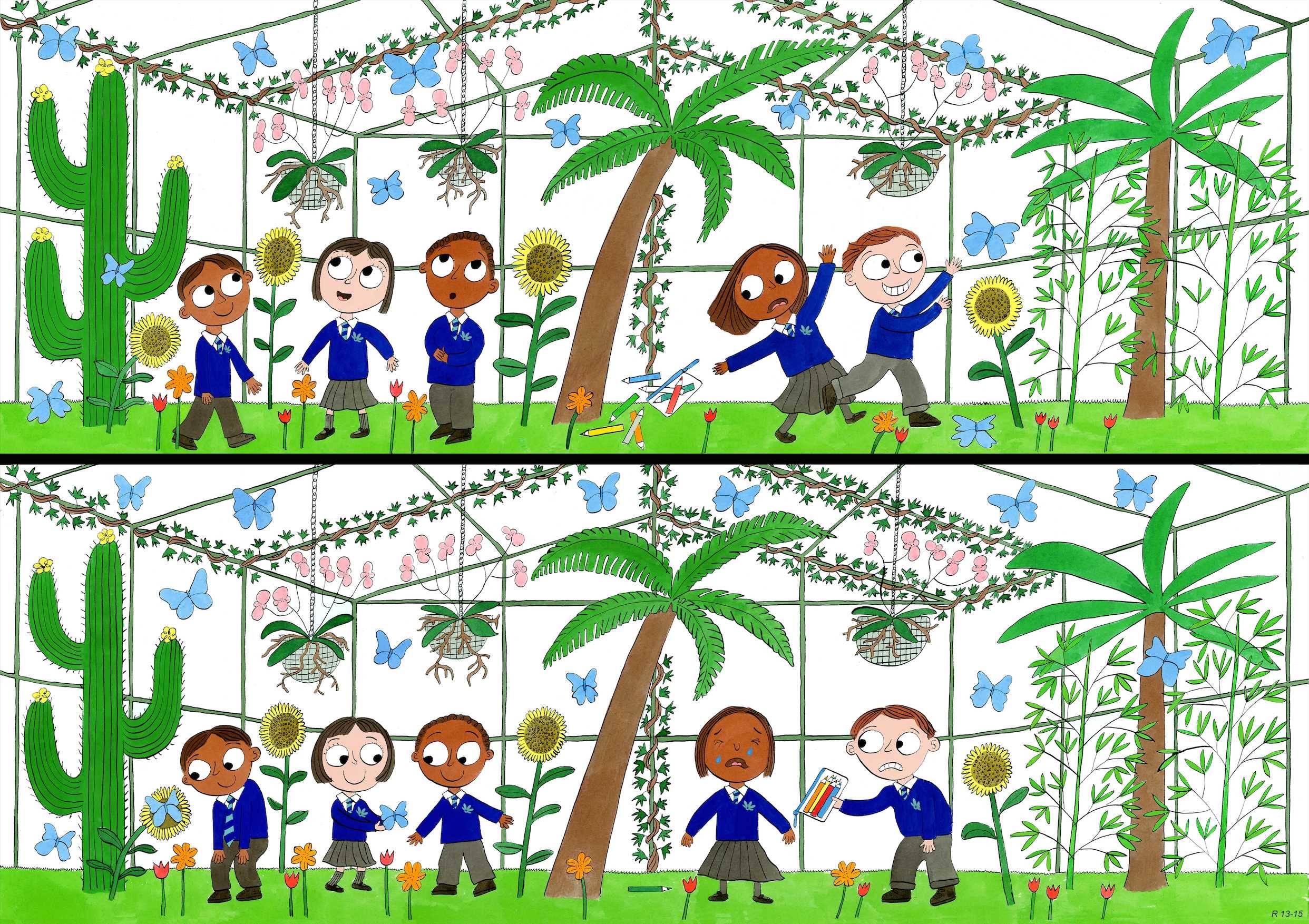Judgement and Prudence
Reception: When I think about my options carefully I make a good judgement.
Core Story
The House on the Rock by Nick Butterworth and Mick Inkpen. This story is taken from Christianity. The only explicit reference to Christianity in this story occurs on the final page. A wise man built his house upon the rock, working hard to build firm foundations for his home. He knew this would make his home strong and safe. The foolish man, too lazy to listen to good advice built his house upon the sand. This was much easier and the house was finished quickly. When the rain came down it wasn’t long before the house on the sand collapsed, while the house with strong foundations on the rock stood firm.

Drawing out the virtue
When this virtue is taught in Reception pupils focus on understanding and using the word ‘judgement’. Pupils will be introduced to the concept of prudence later in the Programme. In the story the wise man had two options- building his house on the rock, or building it on the sand. He knew that building on the rock would be difficult and would take much longer than building on the sand. When he thought about this really carefully though, he knew building on the firm foundations of the rock was a better decision because it would make his house strong and safe. By considering the different options carefully before deciding what to do, the wise man showed good judgement.
Song: The Wise Man Built His House Upon the Rock
The wise man built his house upon the rock.
The wise man built his house upon the rock.
The wise man built his house upon the rock.
And the rain came tumbling down.
The rain came down and the floods came up.
The rain came down and the floods came up.
The rain came down and the floods came up.
And the house on the rock stood firm.
The foolish man built his house upon the sand
The foolish man built his house upon the sand
The foolish man built his house upon the sand
And the rain came tumbling down.
The rains came down and the floods came up.
The rains came down and the floods came up,
The rains came down and the floods came up,
And the house on the sand washed away.
Activity 2: Showing judgement in everyday situations
This session uses Part 1 and 2 of the PowerPoint R Judgement and Prudence . The first part of the PowerPoint shows children who have shown good judgement. Ask the children to explain in a full sentence how the children in the picture are showing good judgement ie. showing awareness of road safety by stopping, looking and listening at a zebra crossing, protecting their clothes by wearing an apron when painting and putting the lid back on the Pritt stick to stop it from drying out.
Part 2 of the PowerPoint asks pupils to suggest how the children in the picture could show judgement and prudence eg. by eating their vegetables, by wearing clothing that is appropriate for the weather. Pupils should work in Perfect Partners to discuss in full sentences how the children in the pictures could show good judgement.
The final part of the PowerPoint sets out moral dilemmas. Explain the dilemma to the class and then ask pupils to work in Perfect Partners to discuss how they would use their judgement to decide what to do. Prompt pupils by asking what are the different options? Which option would be better and why? How did you use your judgement?
|
Classroom language
|
Sayings
|
|
I can see you have really thought about this carefully.
How could you show good judgement in this situation?
Is this good judgement?
|
Weighing up the options.
Weighing up the pros and cons.
|
Library books
Lost in the Snow by Claire Alexander
Chameleon’s Crazy Colours by Nicola Grant
Belling the Cat, Aesop’s Fable
The Ant and the Grasshopper, Aesop’s Fable